- Have any questions?
- +86-189 8930 5995
- sales@mosinterchem.com.cn
Diphenylacetonitrile CAS 86-29-3

Thymidine CAS 50-89-5
10/12/2018
3-Dimethylamino-2-methylpropyl chloride hydrochloride CAS 4261-67-0
10/12/2018| Model: | MOS86-29-3 |
| Place of Origin: | Zhejiang,China (Mainland) |
| CAS: | 86-29-3 |
| BRAND: | MOSINTER |
| Content: | ≥99% |
| Molecular Formula: | C14H11N |
| Appearance: | White crystal |
| Molecular weight: | 193.25 |
| Specification: | CP/USP/EP |
| Melting point: | 71-73℃ |
Diphenylacetonitrile (CAS: 86-29-3)
| Item | Index |
| Molecular Formula | C14H11N |
| Molecular weight | 193.25 |
| Specification | CP/USP/EP |
| Appearance | White crystal |
| Content | ≥99% |
| Melting point | 71-73℃ |
Application:
Diphenylacetonitrile undergoes anhydrous condensation with ethyl-4-bromo-butyrate. This is followed by its hydrolysis in alkaline medium that is used in the quantitative determination of 3-cyano-3,3-diphenylpropionic acid.
General description:
Diphenylacetonitrile can be prepared in good yield by the dehydration of the amide of diphenyl acetic acid with phosphorous oxychloride.
Synonyms:
Diphenyl acetonitriie; Diphenyl-alpha-cyanomethane; Diphenylmethyl-cyanide; Diphenyl acetonitrile; α-Phenylbenzylcyanide; α-phenyl-phenylacetonitrile; Diphenyl-α-cyanomethane; α-Cyanodiphenylmethane; alpha-Phenylbenzeneacetonitrile; Diphenyl-alpha-cyanomethane; Benzeneacetonitrile, R-phenyl-; Diphenatrile; alpha-Cyanodiphenylmethane; alpha-Phenylbenzylcyanide; Benzeneacetonitrile, alpha.-phenyl-; Acetonitrile, diphenyl-; alpha-Phenylphenylacetonitrile; 2,2-diphenylacetonitrile;
Hazards and Protection.
Storage
Store in a tightly closed container. Store in a cool, dry, well-ventilated area away from incompatible substances.
Handling
Wash thoroughly after handling. Use with adequate ventilation. Minimize dust generation and accumulation. Avoid contact with eyes, skin, and clothing. Keep container tightly closed. Avoid ingestion and inhalation.
Protection
Eyes: Wear appropriate protective eyeglasses or chemical safety goggles as described by OSHA’s eye and face protection regulations in 29 CFR 1910.133 or European Standard EN166. Skin: Wear appropriate protective gloves to prevent skin exposure. Clothing: Wear appropriate protective clothing to prevent skin exposure.
Respirators
Follow the OSHA respirator regulations found in 29CFR 1910.134 or European Standard EN 149. Always use a NIOSH or European Standard EN 149 approved respirator when necessary.
Small spills/leaks
Clean up spills immediately, using the appropriate protective equipment. Sweep up or absorb material, then place into a suitable clean, dry, closed container for disposal. Avoid generating dusty conditions. Provide ventilation.
You must be logged in to post a review.

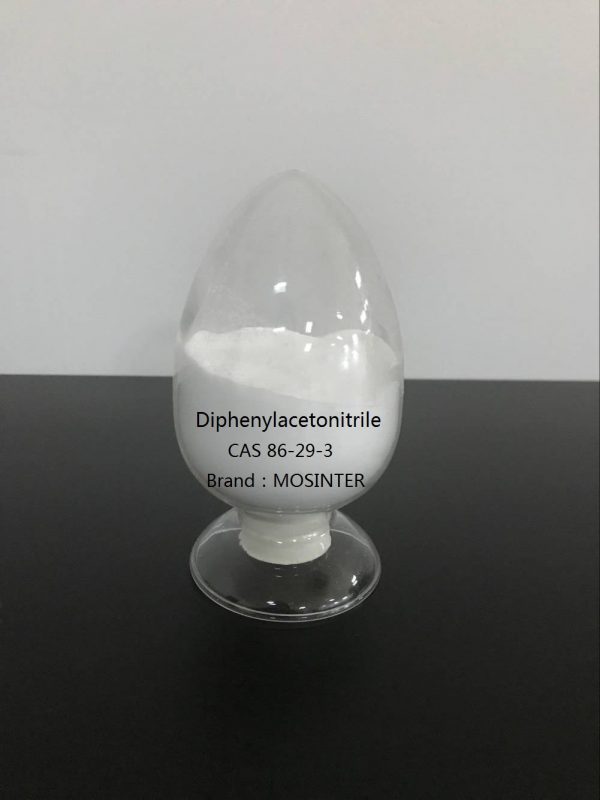
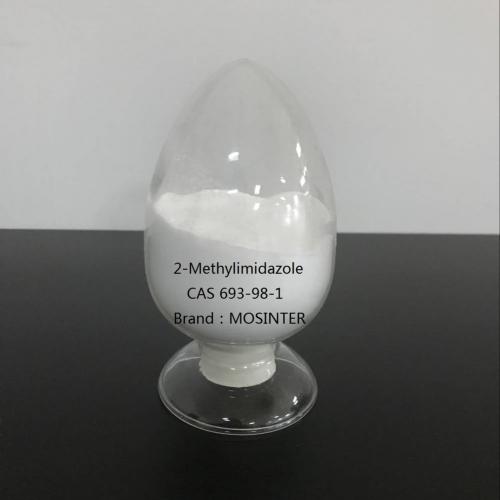
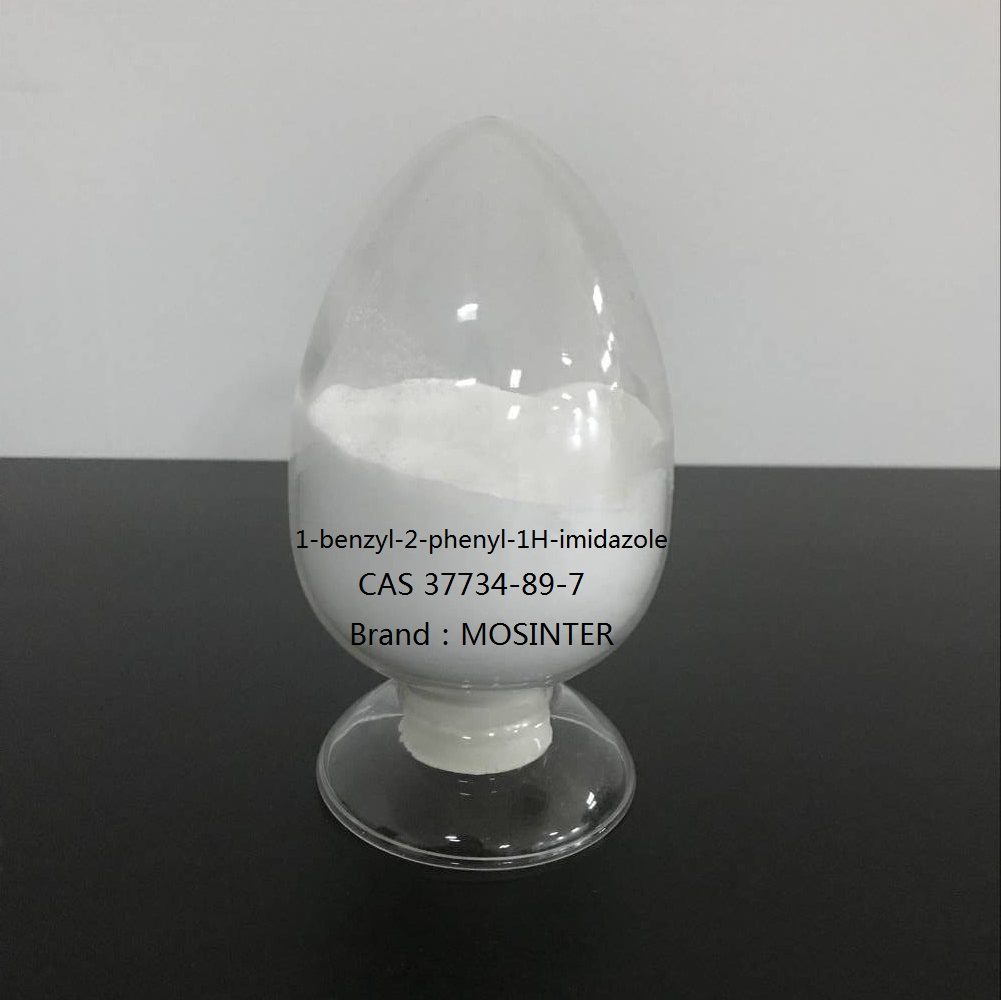
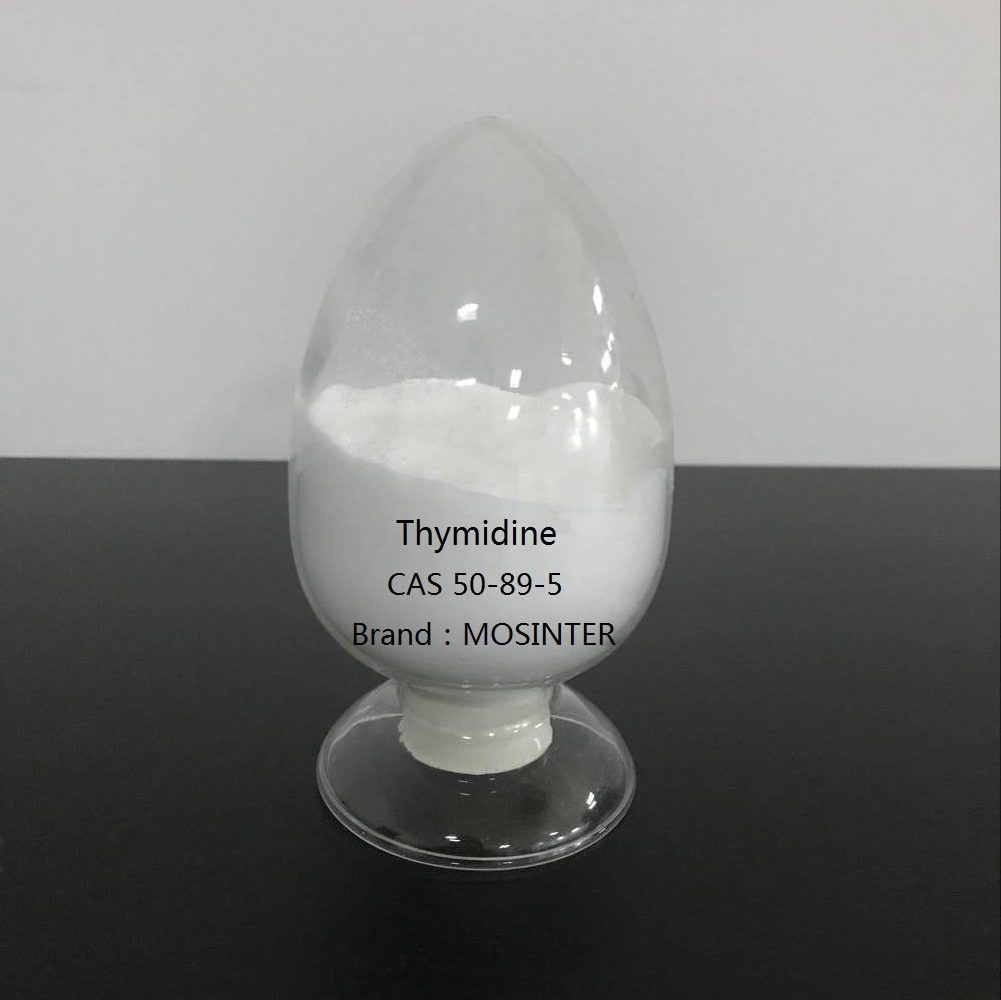
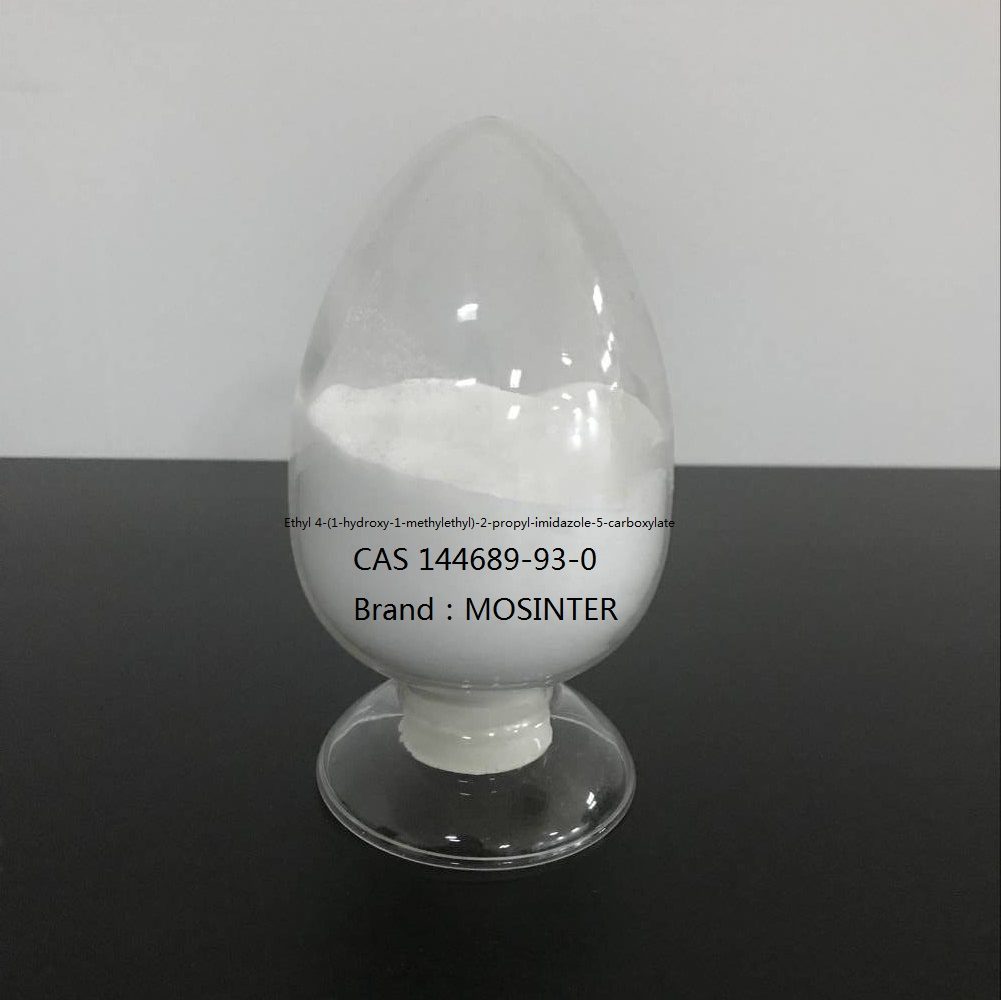
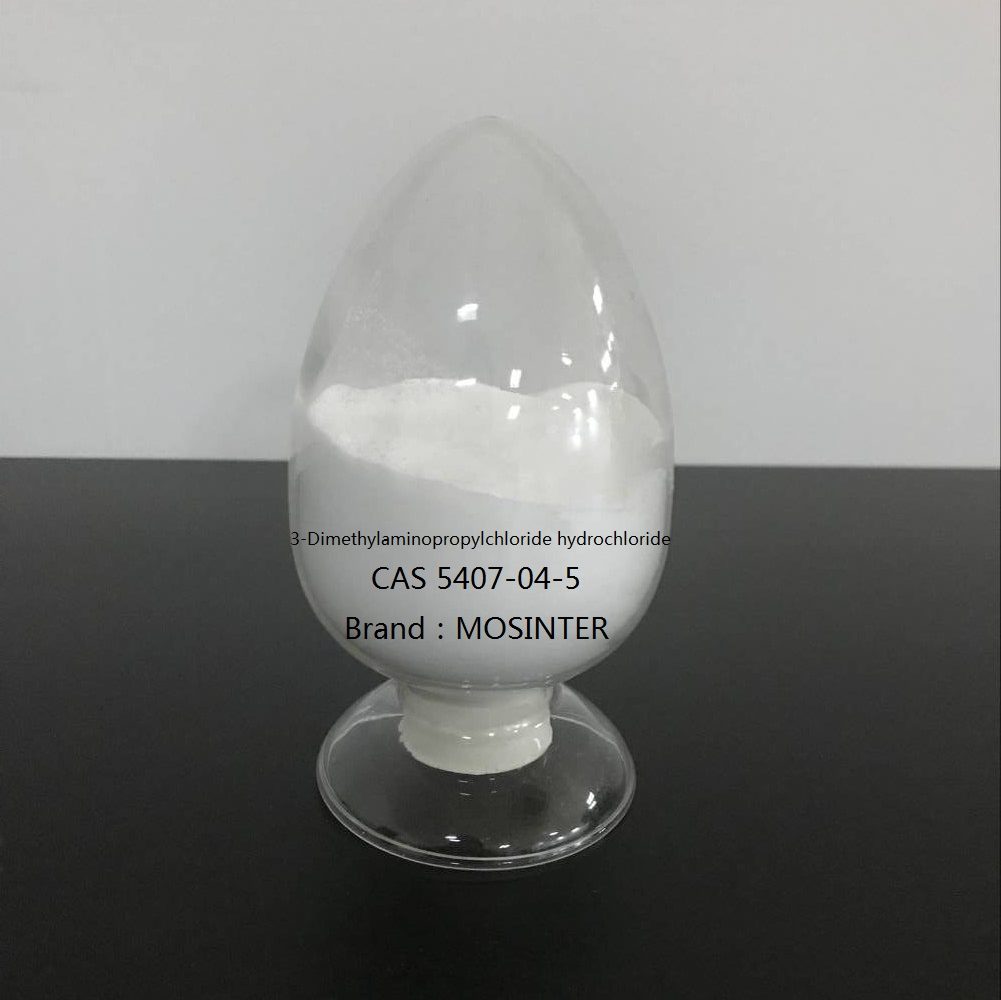
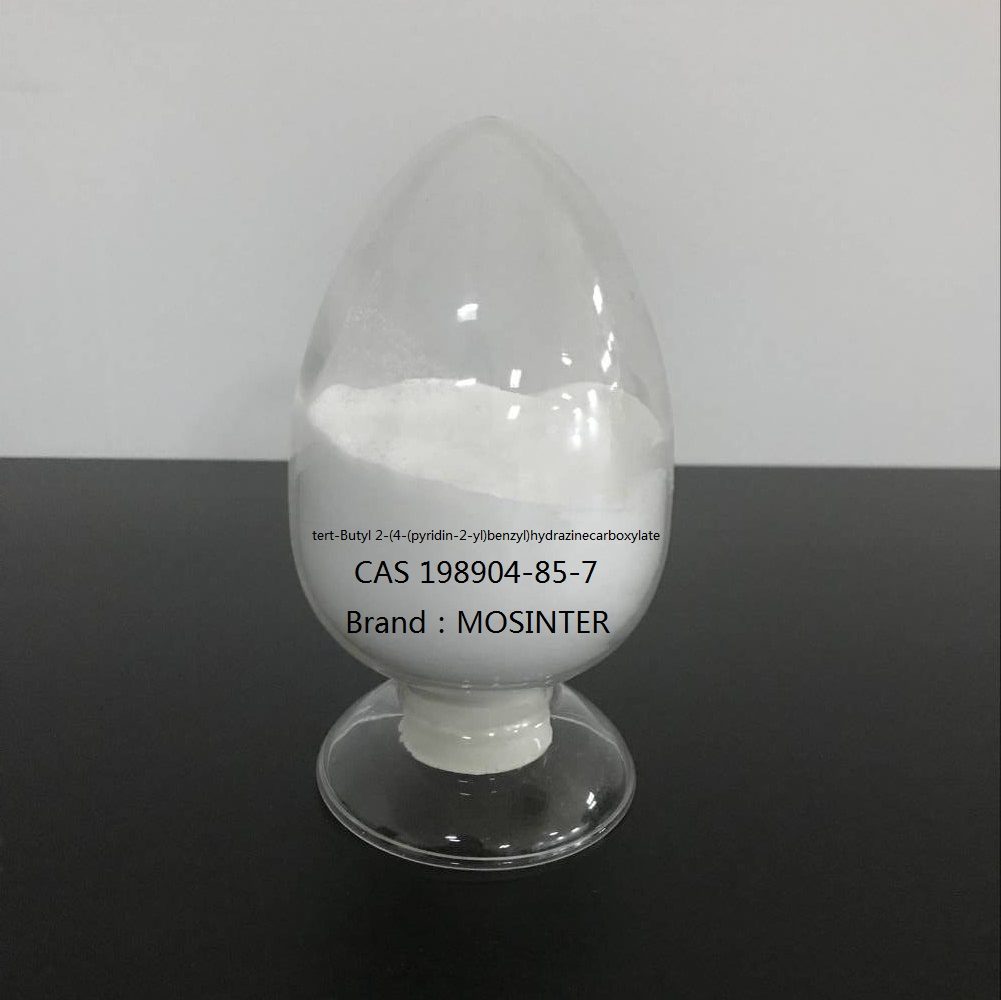
Reviews
There are no reviews yet.